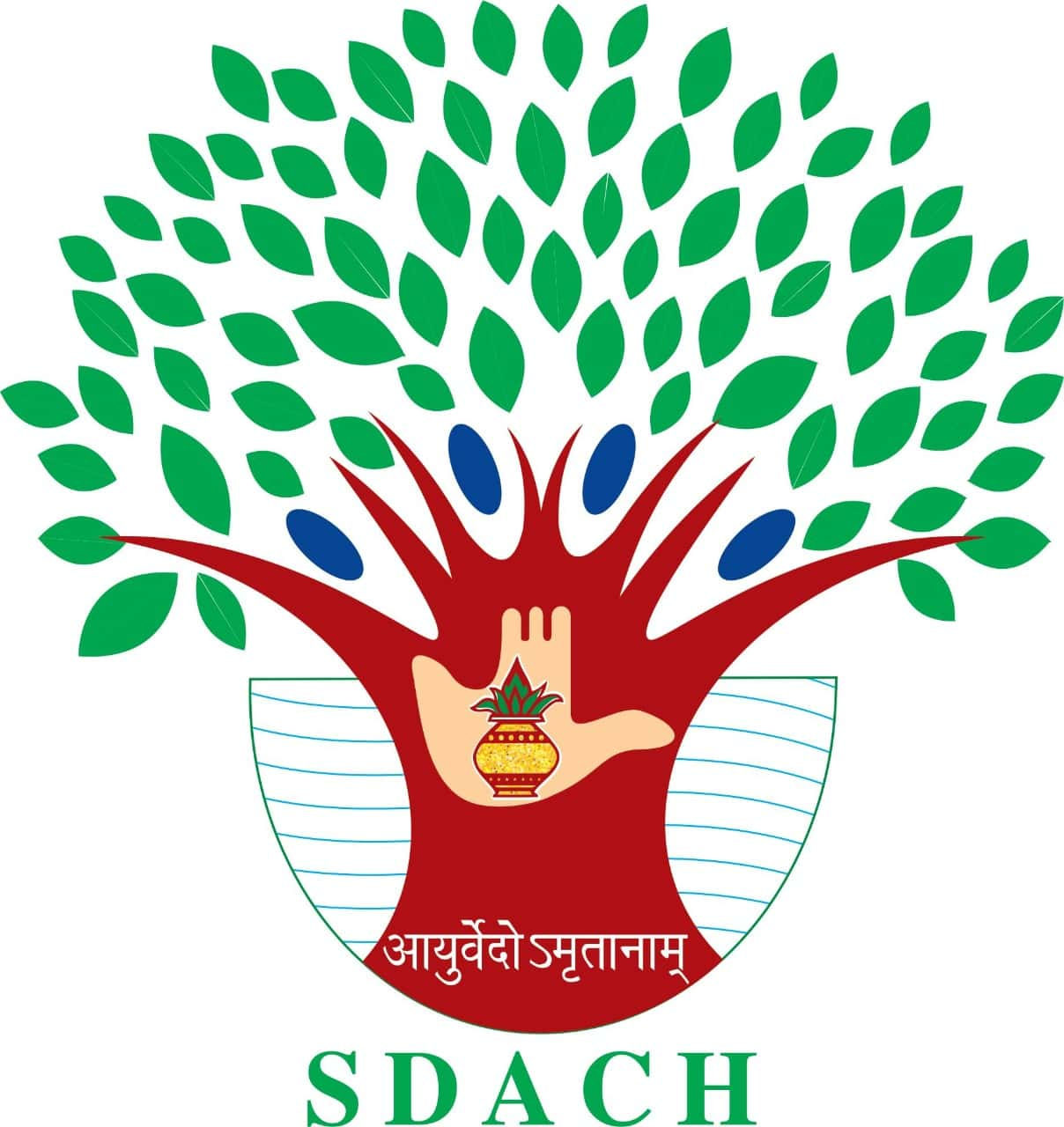Botanical name : Tecoma undulata G. Don
Family : Bignoniaceae
Identification No : SDACH/HG/111
Vernacular names
Hindi name – Rugtrora/ Rudanti
English name Desert teak
Gujarati name -Rohido
Kannada name Mullumuntala
Marathi name -Rohido
Malayalam name Cemmaram
Punjabi name Laberra
Tamil name -Malampuluvan
Synonyms:
Dadima pushpa, Dadimaschada- Flowers resemble to that of pomegranate flowe
Lohita, Rohita, Raktapushpa- Flowers are red like blood
Kushalmali, Kuta shalmali
Morphology
Rohitaka is a medium sized tree growing in the Himalayan belt and plains of North and West India to a height of 6-10 m. The leaves of the tree resemble those of pomegranate leaves.
The flowers are yellow or bright orange in color and are seen in the months of April and May.
The tree produces quality timber.
Useful part stem bark
Properties, part used, dosage
Rasapanchak
Rasa (Taste) – Katu (Pungent), Tikta (Bitter), Kashaya (Astringent)
Guna (Qualities) – Laghu (Light for digestion), Ruksha (Dry in nature)
Vipaka Katu (Undergoes Pungent taste after digestion)
Veerya (Potency) – Sheeta (Cold)
Karma (Actions) – Kaphavpitta shamaka (reduces vitiated kapha and pitta dosha)
Prabhava (Special action) – Pleehagna (Acts against the diseases of the spleen)
Part used– Bark
Dosage:
Powder- 1 to 3 g
Decoction- 50 to 100 ml
Chemical constituents
The bark of the tree contains Tecomin, Tecomelloside, Undulatoside A&B, Tecoside, C27 and C29, B-Sitosterol. The Heart wood contains, Lapachol,, Octacosanol Acetyl Ferulate, Tectol, Tectoquinone and Undulatin. The root has Tecol and the Leaves has Tacosanol in them.
Uses
- To treat skin diseases, bath is taken with decoction prepared from the bark of Rohitaka.
- To treat leucorrhea, the paste prepared from the bark and root of Tecoma undulata is taken with honey in a dose of 3-5 g.
- The decoction prepared from the bark of the tree is taken in a dose of 40-50 ml to treat diseases related to spleen like splenomegaly.
IUCN status : Endangered







